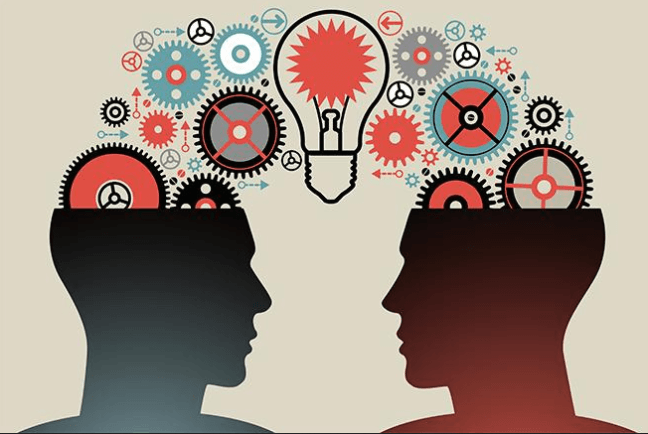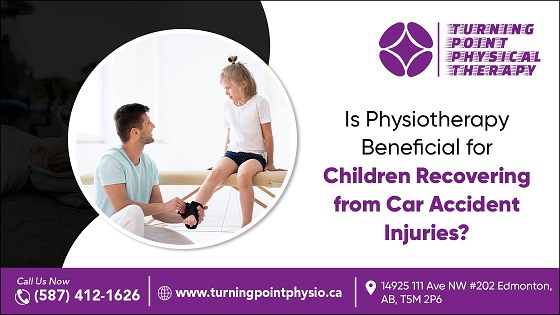In today’s interconnected world, information serves as both a shield and a beacon. As communities face evolving challenges, the power of educated awareness becomes increasingly vital in protecting our most vulnerable members. Understanding the signs, knowing the resources, and being prepared to take action can make a profound difference in safeguarding those we care about.
Knowledge begins at home, where parents, guardians, and mentors play crucial roles in fostering open dialogue. Creating safe spaces for conversations allows young people to share their experiences, ask questions, and develop trust in adult guidance. These discussions, while sometimes challenging, build foundations of understanding that can last a lifetime.
Schools and community organizations increasingly recognize their role in building awareness. Through age-appropriate programs and materials, they help young people understand personal boundaries, recognize concerning behavior, and identify trusted adults they can turn to. This educational approach empowers without overwhelming, providing tools for safety while maintaining optimism and confidence.
Digital literacy has become a cornerstone of modern safety education. As young people navigate online spaces, understanding potential risks and developing healthy digital habits becomes essential. This includes recognizing appropriate online relationships, maintaining privacy, and knowing when and how to seek help if something feels wrong.
Community involvement strengthens these educational efforts. When neighbors, teachers, coaches, and other adults work together, they create a network of support that helps identify and address concerns early. This collaborative approach ensures that no one falls through the cracks and that resources are available when needed.
Training programs for adults who work with youth continue to evolve, incorporating the latest research and best practices. These programs help adults recognize warning signs, understand reporting procedures, and respond appropriately to disclosures. This professional development ensures that those in positions of trust are equipped to handle sensitive situations with care and competence.
Prevention through education extends beyond formal settings. Community events, workshops, and awareness campaigns help spread important information to broader audiences. These initiatives often include practical tips for creating safer environments, recognizing concerning patterns, and accessing help when needed.
Resource sharing plays a vital role in community protection. Libraries, community centers, and online platforms provide materials that help parents and caregivers discuss difficult topics with children. These resources often include age-appropriate books, videos, and discussion guides that facilitate important conversations about personal safety and healthy relationships.
Documentation and reporting procedures form another crucial aspect of community protection. Understanding when and how to document concerns, knowing proper reporting channels, and maintaining confidentiality all contribute to more effective responses when issues arise. This systematic approach helps ensure that appropriate actions are taken promptly.
The power of survivor stories, shared appropriately and with consent, helps others recognize they’re not alone and that help is available. These narratives, when presented thoughtfully, can inspire hope and encourage others to seek support when needed. They also help communities understand the importance of prevention and early intervention.
Remember, education is an ongoing process, not a one-time event. As communities grow and change, staying informed about new challenges and resources helps maintain effective protection for young people. Through continued learning and vigilance, we create stronger, safer communities for everyone, especially our youth who represent our future.



